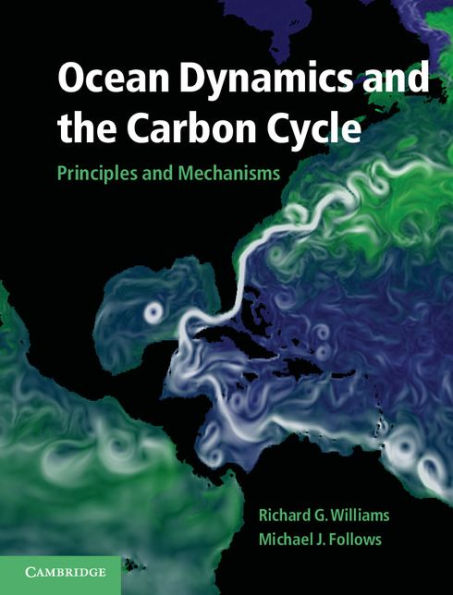5
1

Ocean Dynamics and the Carbon Cycle: Principles and Mechanisms

Ocean Dynamics and the Carbon Cycle: Principles and Mechanisms
eBook
$66.99
$88.99
Save 25%
Current price is $66.99, Original price is $88.99. You Save 25%.
Related collections and offers
66.99
In Stock

Product Details
| ISBN-13: | 9781107086166 |
|---|---|
| Publisher: | Cambridge University Press |
| Publication date: | 07/14/2011 |
| Sold by: | Barnes & Noble |
| Format: | eBook |
| File size: | 38 MB |
| Note: | This product may take a few minutes to download. |
About the Author
From the B&N Reads Blog
